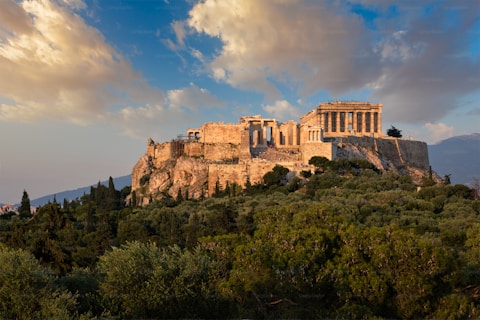Greek Christmas Food: A Festivity of Flavors
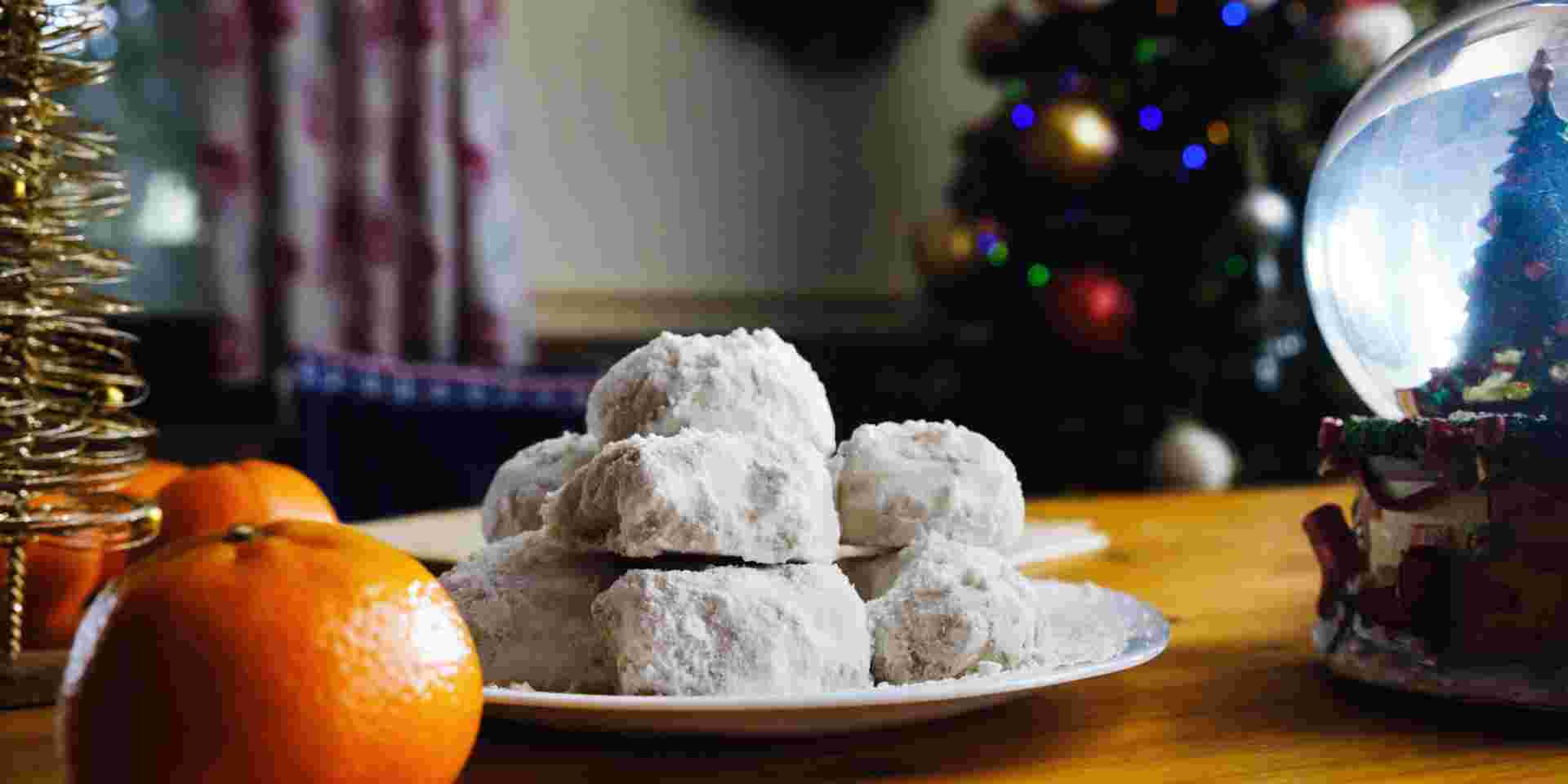
Greek Christmas mixes family traditions with lively Greek food. The holiday season fills the air with the scents of baked bread, cinnamon, and cloves. The Christmas table becomes a feast, showcasing many delicious savory and sweet dishes. Get set to enjoy a tasty adventure as we discover the amazing world of Greek Christmas food.
Greek Christmas foods represent old traditions and special recipes from various areas. You will find warm stews, delicious roasts, tasty starters, and fresh salads. Each dish tells a story passed down through the years.
History of Traditional Greek Christmas Food
As we can easily imagine, Christmas traditions all over Greece play a huge role in Greek culture. A great way to gather the whole Greek family and verify its ties, was the food and especially the traditional festive table with the necessary Greek Christmas food. Today in the big urban centers a turkey dish is almost exclusively on all Christmas tables. However, there are still parts of Greece that keep the traditions alive and eat pork. In ancient times, every house in the Greek countryside (which was usually engaged in agriculture and animal husbandry) had a pig that fed it all year round for its ritual feast sacrifice. Not a single piece of pork was lost, which is easily evidenced by the existence of many pork dishes that were consumed in large concentrations from house to house.
Hams, sausages, smoked steaks, are some of the fine delicacies that have survived over time and that once complimented the edible baskets with gifts given to the poorest members of each community.

Exploring Greek Christmas Food
When you sit at the table with your loved ones, prepare to enjoy a mix of flavors that shows the spirit of Greek Christmas. This time is for enjoying old recipes, celebrating fresh local foods, and making memories around the table.
Greek Lamb Stew with Orzo
Lamb Stew with Orzo, also called ‘Giouvetsi,’ is a filling dish popular during Greek Christmas. This classic Greek meal has soft lamb, cooked slowly in a tasty tomato sauce. It includes aromatic herbs and a dash of lemon juice that adds the comforting flavors of Greek food. Adding orzo pasta to the stew helps it absorb all the delicious juices. This makes a hearty dish that is perfect for a special meal. The lamb is usually cooked in olive oil before it simmers. This step boosts the flavor and combines well with the tangy tomatoes and fresh herbs. A touch of fresh parsley and a drizzle of extra virgin olive oil finish this Greek dish. It shows the simple and rich flavors linked to Greek Christmas.
Pork Fricassee with Egg-Lemon Sauce
Tender bits of pork are cooked in a creamy Egg-Lemon Sauce. This creates a tasty mix in the Greek dish called Pork Fricassee. This dish is often enjoyed during Christmas and New Year celebrations. It highlights the tasty food traditions of Greece. The juicy pork, along with the zesty Egg-Lemon Sauce made from fresh lemon juice and eggs, gives a burst of flavor. A mix of spices like oregano, thyme, and cloves makes every bite even better. Pork Fricassee with Egg-Lemon Sauce is a great option for anyone looking for a warm and special main dish during the holidays.
Pork Loin with Chestnuts
Imagine the smell of roasted chestnuts and yummy pork filling your home on a cold Christmas Eve. This is the joy of Pork Loin with Chestnuts. This special dish is often made for Christmas Eve dinner. It celebrates the great flavors of the season. The sweet roasted chestnuts and tasty pieces of pork make a good mix of flavors and feel. Pork often has warm spices like cinnamon and cloves. These spices create a fun feel that is great for the holiday season. Pork Loin with Chestnuts is a great dish for your Christmas Eve table. This dish brings back traditions and brings loved ones together to enjoy good food.
Stuffed Turkey
Stuffed Turkey is not as classic as other Greek dishes for Christmas, but many people in Greece enjoy it as a main dish on Christmas Day. This meal shows abundance and happiness. The turkey takes center stage, filled with delicious stuffing. The stuffing is a blend of tasty ingredients like rice, herbs, and sometimes minced meat. It adds great flavor to the turkey while it cooks. Some families enjoy adding dried fruits, like raisins, for a sweet touch in every bite. As the turkey cooks, its skin turns a nice golden brown. This makes the kitchen smell great. When served with roasted potatoes and a simple salad, stuffed turkey makes for a happy meal on Christmas Day.
Lahanodolmades: Stuffed Cabbage Rolls
Lahanodolmades, or Stuffed Cabbage Rolls, bring a warm feeling to the Christmas dinner table. They are an important dish in traditional Greek comfort food. Soft cabbage leaves wrap around a delicious filling of rice, herbs, and sometimes minced meat. This combination makes a wonderful mix of textures and flavors. These tasty rolls are usually cooked in a light tomato sauce or broth, with a bit of lemon juice. They capture the true feel of Greek flavors. A little olive oil adds richness that makes everything taste better. Lahanodolmades are delicious and they show how inventive Greek cooking is. This dish is often prepared during the colder months. It takes basic ingredients and changes them into a filling meal.

Dolmadakia: Stuffed Vine Leaves
These small bites are very tasty. They have a great mix of fresh herbs, sour lemon, and rich olive oil, which are important in Greek food. When you pair them with a cool Greek salad, Dolmadakia is the perfect starter to get you excited for more dishes. Making Dolmadakia shows the skill of Greek cooking. Tender vine leaves are rolled around a tasty filling. This filling usually has rice, herbs, and sometimes minced meat. There are several ways to make the filling. Some families add pine nuts, currants, or mint. These choices add new flavors to this classic dish. A drizzle of good olive oil and a splash of fresh lemon juice make the dish even better.
Greek Lemon Chicken Soup
Greek Lemon Chicken Soup, called ‘Avgolemono Soup,’ is perfect for warming you up during the holidays. This comforting soup has a rich texture and a fresh lemon taste that lifts your spirits on chilly winter days. It begins with a tasty chicken broth. The broth simmers with tender chicken and often has rice or orzo pasta mixed in. This creates a great base for the main part—the Avgolemono sauce. This sauce is a smooth blend of eggs and lemon juice. They are gently whisked into the hot soup. It adds a soft feel and a lively, tangy taste to the soup. Greek Lemon Chicken Soup shows what Greek hospitality is all about. People often serve it to guests as a way to show care and kindness during Christmas and the holiday season.
Lahanosalata: Greek Colesaw Salad
Lahanosalata is a nice Greek salad that makes the traditional Greek Christmas table feel brighter. It is made from cabbage leaves, vinegar, olive oil, and lemon juice. This salad pairs well with the strong flavors of the main dish. Its crunch and tangy dressing make it a great starter during the holiday season. People enjoy Lahanosalata on both Christmas Eve and Christmas Day. It is a common dish in many areas of Greece. It adds a fresh taste to the holiday meal for everyone.
Beetroot Dip with Greek Yogurt and Walnuts
Beetroot dip with Greek yogurt and walnuts is a colorful and delicious option for your Christmas gathering. This dip is light but satisfying. It looks great and tastes wonderful. The sweet taste of roasted beetroots goes well with Greek yogurt. This makes a tangy and a bit sweet base. Adding crushed walnuts adds a nice crunch and a rich nut flavor that works well with the other parts. You can improve this colorful dip by adding some olive oil on top and mixing in fresh dill or parsley. Serve it with crusty bread, pita chips, or fresh vegetables for dipping.
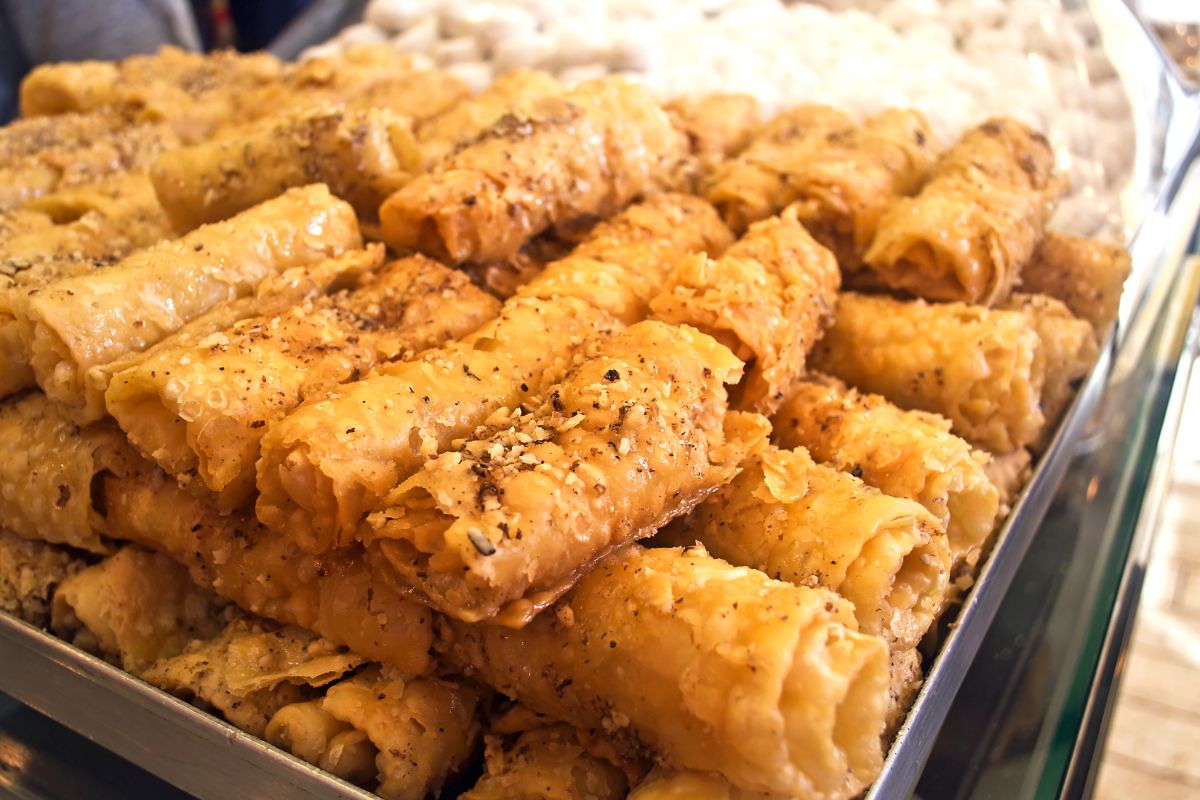
Discover Greece Beyond the Table
Exploring Greek Christmas Desserts
As the main meal ends, the true highlights of Greek Christmas food appear – the desserts. These sweet treats are soaked in honey, dusted with powdered sugar, and filled with warm spices. They show the joy of the season and offer a taste of pure delight. Get set to enjoy the sweet smells from kitchens all over Greece at Christmas. Families bake their special cookies, cakes, and pastries. Each bite is a way to celebrate their traditions and feel the joy of this season.
Melomakarona
No Greek Christmas is complete without Melomakarona. These are classic Greek cookies for Christmas. They are soft and cake-like. The cookies are dipped in a sweet honey syrup. Then, they are topped with chopped walnuts. They represent the joy of the holiday season. When Melomakarona are baking, a wonderful smell of honey, cinnamon, and orange fills Greek homes. This tells us Christmas is near. Each bite has a great mix of textures and flavors. You feel the soft, crumbly cookie, the sticky sweetness of the honey syrup, and the nice crunch of walnuts. Melomakarona is an incredible sweet snack. They show the joy of sharing and being together during Greek Christmas. Families come together to bake these cookies. They share recipes from one generation to the next while making sweet memories.
Kourabiedes
Kourabiedes are a popular snack for Greek Christmas, just like Melomakarona. These cookies are soft and feel nice in your mouth. They taste rich and buttery and smell like almonds. This shows how simple and nice Greek desserts can be. Kourabiedes are made with finely chopped almonds, butter, and a bit of brandy or rose water. Baking them carefully gives them a special crumbly feel. After they come out of the oven, they get a dusting of powdered sugar. This makes them look like little mounds of sweetness. The rich flavor of the buttery cookie goes well with the light sweetness of the powdered sugar. This gives you a nice mix of textures and flavors that is hard to resist. You can enjoy Kourabiedes with a strong cup of Greek coffee or as a sweet treat after a good meal. They really are a big part of the Christmas celebration.
Diples from Crete
Diples come from the beautiful island of Crete. They are a sweet dessert that is great for the holidays. These crispy pieces of dough are folded and fried until they are golden. After frying, they are covered with a tasty honey syrup. Many people eat them as a special Christmas treat. Making Diples is a skill. The dough tastes good because of the cinnamon and orange zest. Bakers roll it into thin sheets and shape them into nice forms, like ribbons or bows. After frying, they turn light and puffy. This feel goes well with the sweet honey syrup. You can also add a bit of chopped walnuts or some cinnamon for more flavor and texture. This makes the dessert even better.
Skaltsounia from Crete
Crete has a special treat called Skaltsounia. A tasty sweet cheese fills up these small pastries. People usually eat them during Christmas. They show how rich Crete’s food culture is. The pastry is made from a mix of olive oil and butter. It is crunchy on the outside and soft on the inside. The filling is sweet and rich, usually with flavors of cinnamon or orange zest. This makes a nice balance with the tasty pastry. Skaltsounia taste best when you eat them warm from the oven. Their scent fills the air and captures the feel of Christmas in Crete.
Mosaiko: Greek Chocolate Dessert
Mosaiko is a tasty Greek chocolate dessert that makes your Christmas dessert table look great. This simple, no-bake treat has an eye-catching mosaic design. It combines rich dark chocolate with crunchy biscuit pieces. Eating it is a real joy that brings back good memories. You take broken pieces of biscuits and dip them in melted butter mixed with brandy or coffee. Next, you mix them with melted dark chocolate. You can add some chopped nuts or dried fruit on top. After chilling, you have a lovely dessert that is easy to make. Mosaiko has a nice mix of textures and flavors. The smooth dark chocolate works well with the crunchy biscuit pieces. There are also surprising flavors from the nuts or dried fruit. This dessert is perfect for sharing and will make everyone happy.
Christopsomo: Greek Christmas Cake
Christopsomo means “Christ’s Bread” and it is an important tradition for Christmas Eve in Greece. This sweet bread holds a special place on the table and in the hearts of those celebrating. People usually make Christopsomo with spices such as cinnamon, cloves, and orange zest. When it bakes, the lovely smell spreads throughout the house. The dough has olive oil, milk, and honey, which make it soft and a bit sweet. It is perfect for the holiday season. The top of the bread often has nice patterns made from dough. These patterns usually show parts of the Christmas story. They can also be traditional designs like crosses, olive branches, or even the family’s initials.
Vasilopita: Greek New Year’s Cake
Every Greek New Year’s Day, families look forward to cutting the Vasilopita. This traditional cake has a coin hidden inside. The sweet bread smells good because of orange juice and zest. It is a favorite during the holidays. Finding the coin makes the celebration exciting. It stands for good luck for the person who finds it. It is a Greek New Year’s tradition that brings families together to enjoy this tasty treat. All parts of Greece love this cake. It shows unity and good fortune for the year ahead. Celebrate the New Year with this tasty dessert that holds years of tradition in each slice.
Greek Christmas food is special. It is not just a meal; it has rich flavors and traditions. Tasty lamb stew and sweet treats like Melomakarona and Kourabiedes tell stories of Greek culture and warmth. Dishes such as Lahanodolmades and Dolmadakia show the happiness that comes with spending time together. When you enjoy the smells and tastes of these foods, you feel love and gratitude. Let Greek Christmas food inspire your senses and fill your heart with holiday joy.
Feeling Ready?
From our blog
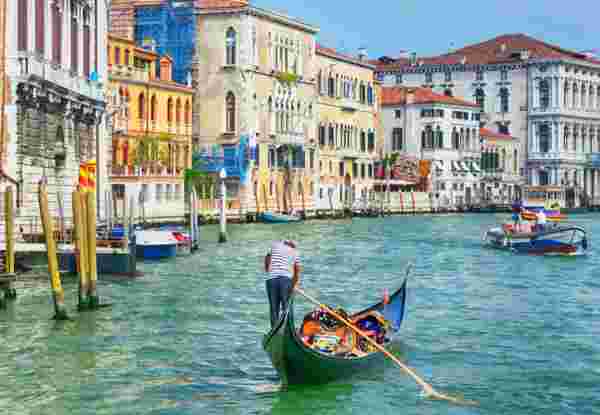
Exploring Venice and Its Canals
READ MORE
Crete for Seniors: A Complete Guide
READ MORE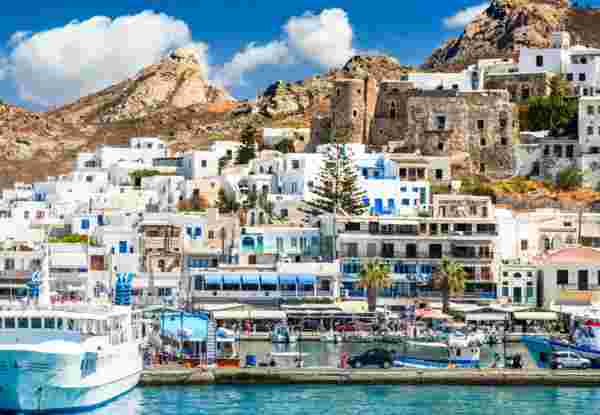
How to Explore Naxos for Seniors
READ MORE
Why Visit Santorini with Kids: A Fun Family Guide
READ MORE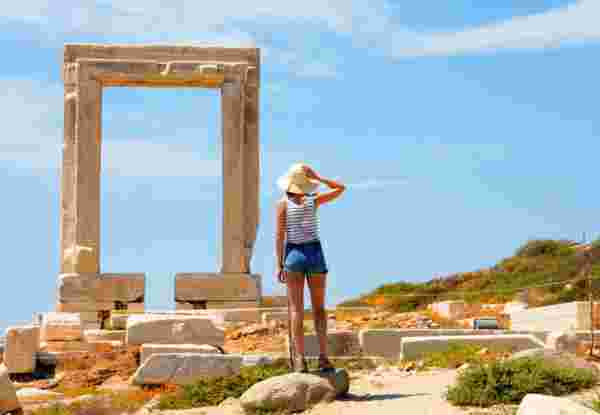
Honeymoon in Naxos: A Complete Guide
READ MORE
Visiting Athens with Kids: A helpful Guide
READ MORE
Paros for Seniors: Tips and Itinerary
READ MORE
Best Resorts in Greece for Families: Your Ultimate 2025 Guide
READ MORE
How to Enjoy Santorini for Seniors
READ MORE
